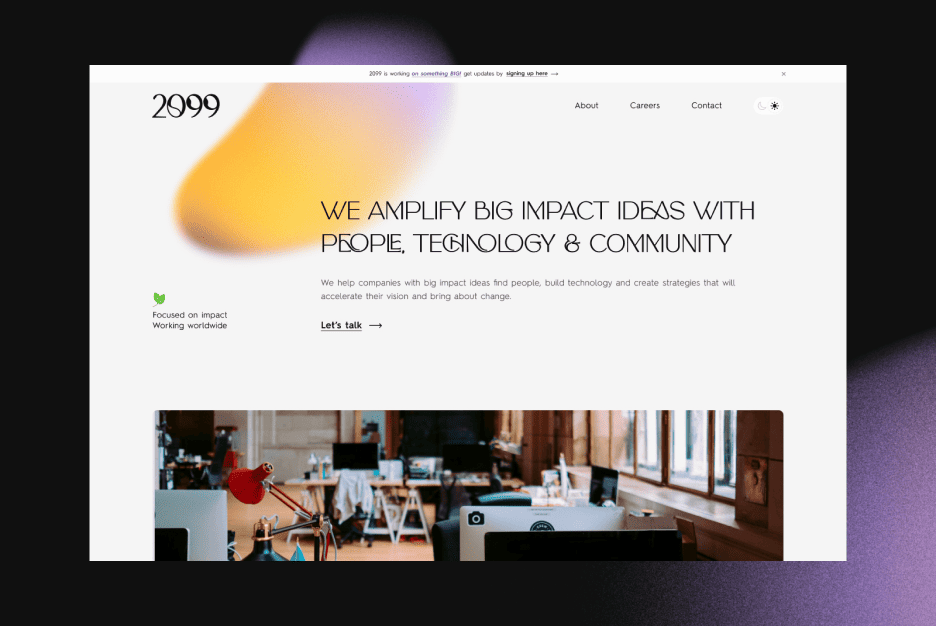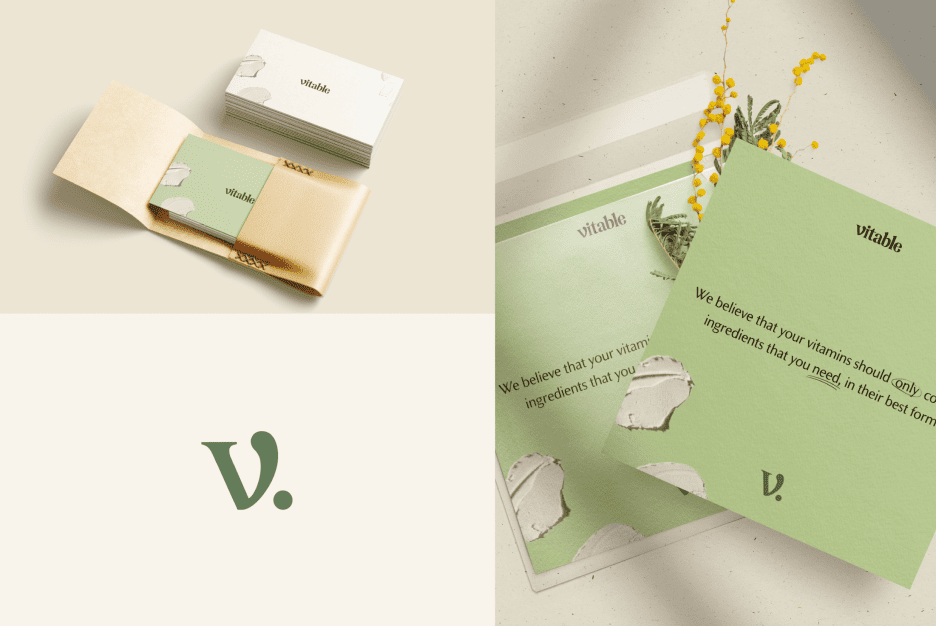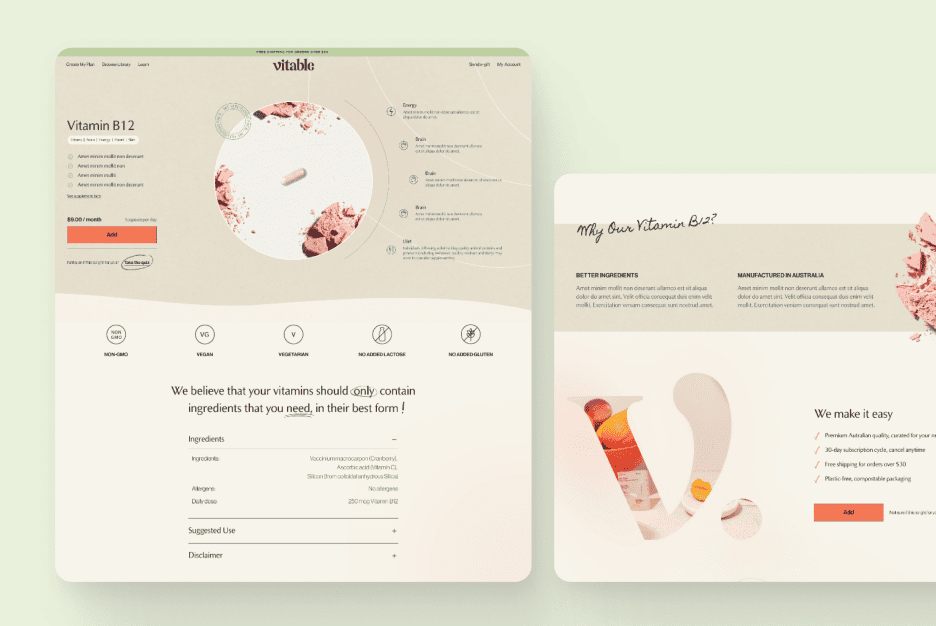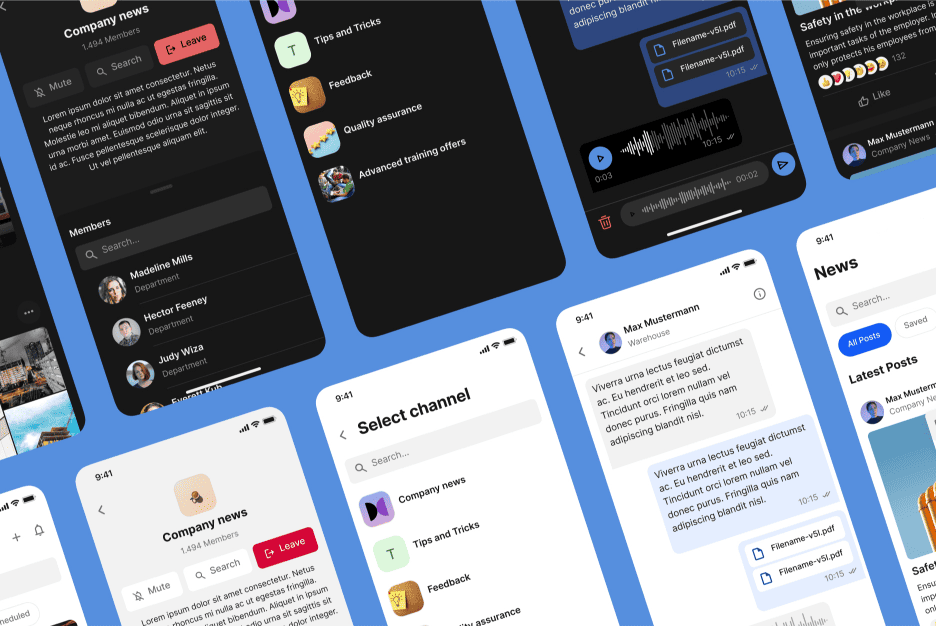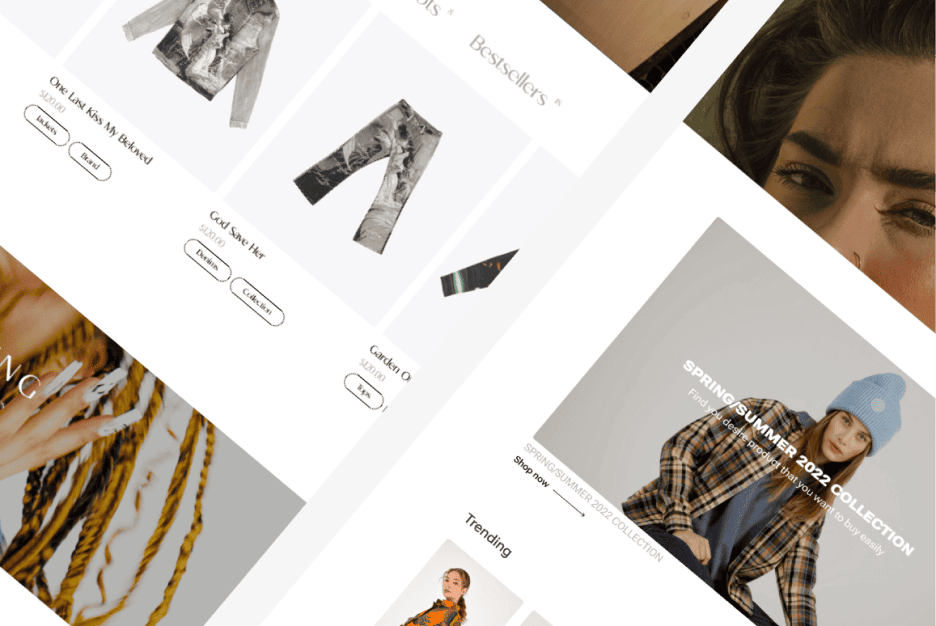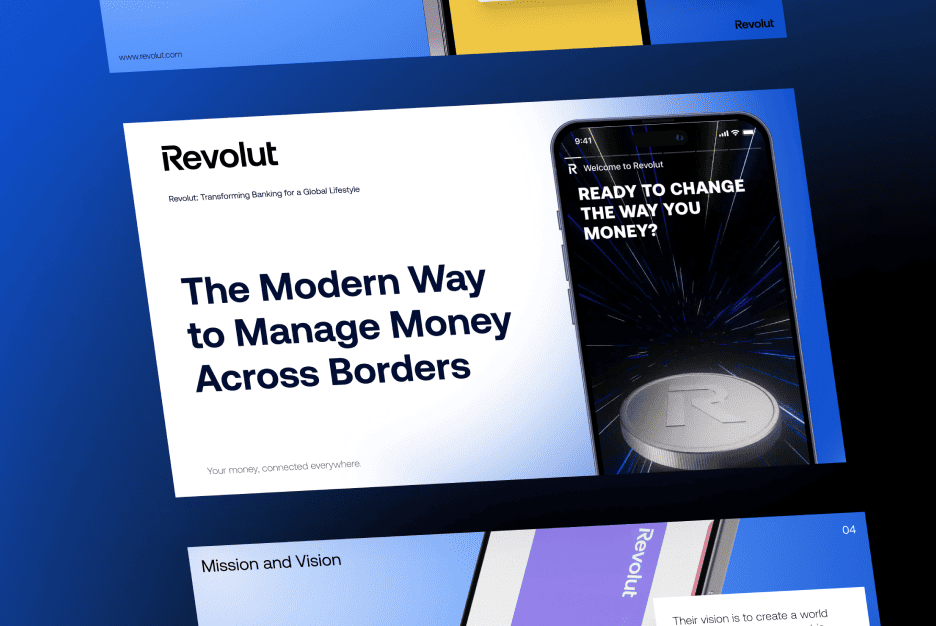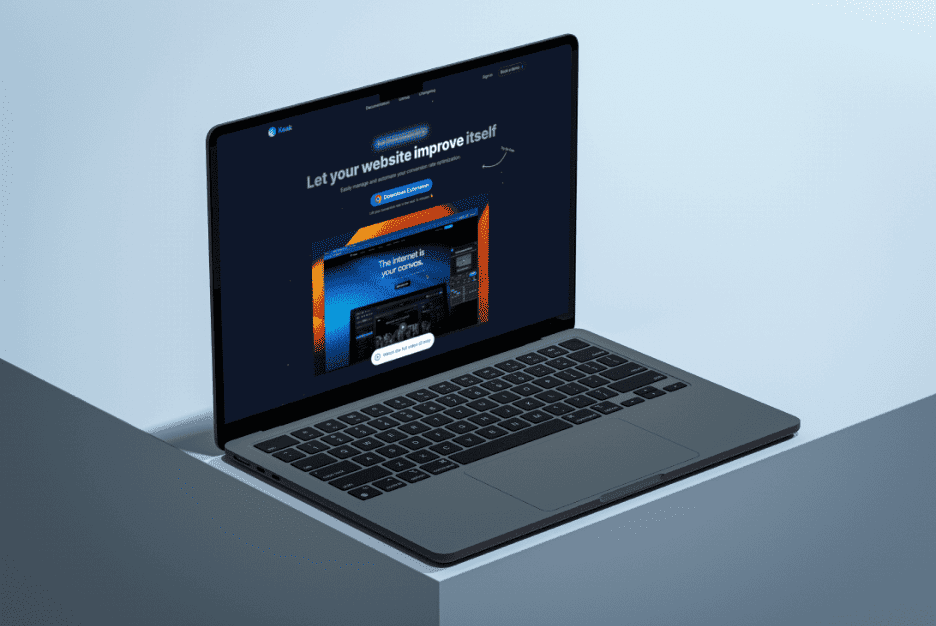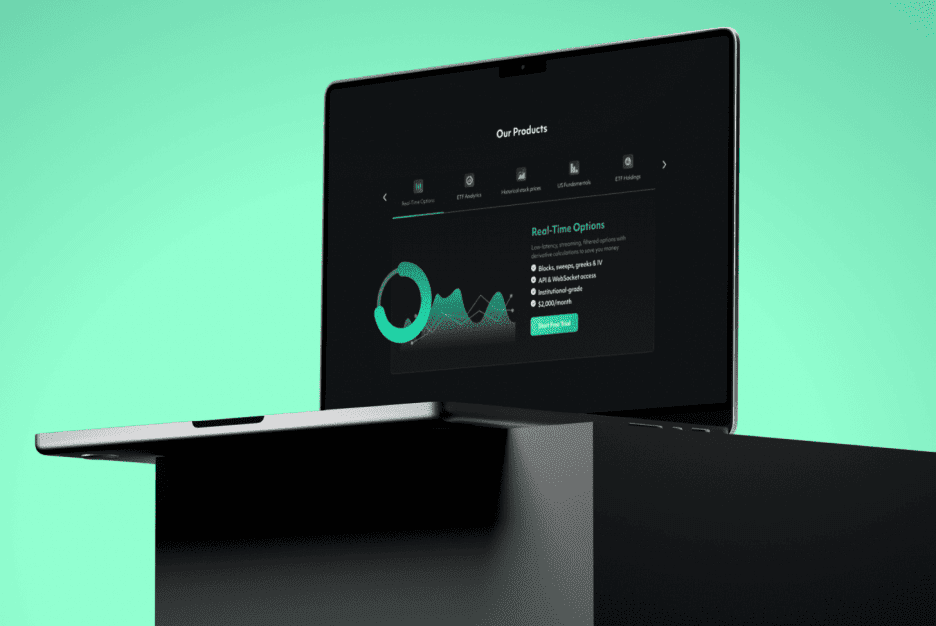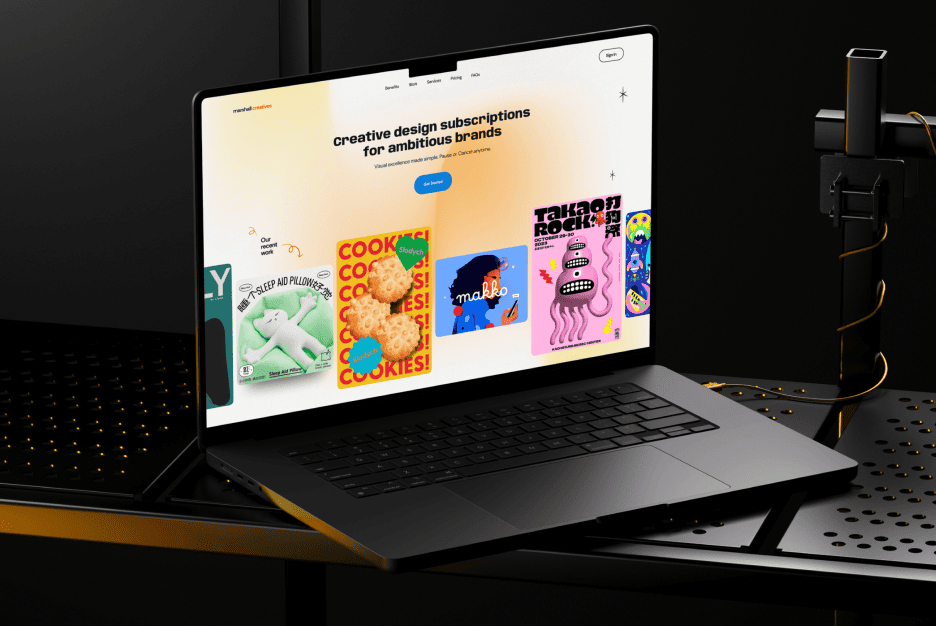The internet is no longer the Wild West it used to be. Back in the day, having a slick landing page with a catchy headline and a single shiny button was enough to impress. Today? Not even close. People expect more — smoother flows, smarter interactions, and experiences that actually feel like something.
Brands are no longer building websites — they’re building ecosystems. Interconnected worlds where design, data, and psychology play together to make users stick around, trust, and, eventually, love. Sounds fancy? It is. But it’s also becoming the new normal.
The era of landing pages is over — a new age of user experience begins
Remember when every business wanted “just a landing page”? A single scroll full of buzzwords, promises, and a button screaming “Buy Now”? Those pages worked when the internet was simpler. But user expectations have skyrocketed. People don’t want to visit a site anymore — they want to experience it.
A brand today isn’t judged by how pretty its homepage looks, but by how naturally it fits into someone’s daily routine. If the experience feels seamless, personalized, and a little bit magical — you win. If it feels clunky, slow, or fake — goodbye.
The companies leading the pack — think Apple, Spotify, and Nike — aren’t selling products; they’re building digital ecosystems. Every click, notification, and swipe feels intentional. It’s not about a one-page funnel anymore; it’s about creating a living system that evolves with the user.
How user behavior has changed and what people expect from digital experiences
Users today are impatient, curious, and easily distracted. They scroll through more content in a day than people in the ’90s saw in a year. That means your brand has about three seconds to make them care.
They also crave consistency. Whether they’re browsing your app, your social media, or your website, they want to feel like they’re in the same universe. If your tone, visuals, or service quality shift from one channel to another — it’s jarring.
Here’s what modern users expect:
- Personalization that doesn’t feel creepy
- Speed and Performance Optimization that make everything instant
- Design coherence across every platform
- Value in exchange for attention
In short, people no longer want to be “converted.” They want to be understood.
From pages to connections — how brands are learning to think in ecosystems
Building an online ecosystem is like hosting a dinner party where every guest (your website, app, chatbot, email campaign) has to talk to each other — politely. The problem? Most brands still treat these channels as separate rooms with closed doors.
Thinking ecosystem-first means connecting these rooms through data, tone, and timing. When your User Journeys are synced, your user never feels lost. Instead of a cold “visit and leave” website experience, it becomes an ongoing conversation.
The smartest brands today invest in systems that talk to each other. Your website knows what your app recommended yesterday. Your email knows what product the customer viewed last week. Everything flows together — like a perfectly rehearsed orchestra.
UX as the heart of modern digital strategy
UX isn’t just about making things look pretty — it’s about making people feel something. When your product feels intuitive, it tells users you respect their time. That’s powerful.
User Experience has become the backbone of every successful brand’s digital plan. It decides whether your visitors bounce or binge. A frictionless journey creates trust — and trust is the new currency.
Think of UX as storytelling with interaction. Each click, scroll, and animation is a line in the story. The smoother and more meaningful it feels, the more your brand sticks in people’s minds.
How brands build digital ecosystems around people, not products
The old mindset was product-centric: “Here’s what we sell.” The new one? Human-centric: “Here’s how we make your life easier.”
Companies like Airbnb and Starbucks are perfect examples. They don’t just sell rooms or coffee — they create experiences. Their digital spaces are designed around emotions, not transactions. When you open their app, it feels like walking into a familiar place — warm, consistent, effortless.
Brands that focus on people design everything — from their Color Palette to their push notifications — to match the human side of interaction. The result? Loyalty that lasts way beyond a purchase.
Integrating data, services, and content into one seamless experience
Data is the glue that holds digital ecosystems together. Without it, your channels are just disconnected pieces of a puzzle.
Modern ecosystems merge analytics, design, and content into one big feedback loop. You track how users behave, adapt instantly, and serve them better the next time they show up.
To do this right, brands rely on:
- Real-time data connections between platforms
- AI-powered personalization engines
- Unified design systems and content libraries
When done well, this integration makes everything feel natural — like the system just “gets” you.
Why moving from isolated channels to connected experiences matters
You’ve probably heard the phrase “omnichannel.” But let’s be honest — most brands still get it wrong. They build multiple digital touchpoints, but they don’t connect them properly.
Moving to connected experiences means your social media, website, app, and even customer support all behave like one brain. The benefit? Users never have to repeat themselves or re-enter information. It feels seamless — almost invisible.
When channels are unified, your Performance Optimization improves automatically. Pages load faster, transitions feel smoother, and people spend more time interacting because everything “just works.”
The role of design and technology in shaping a unified experience
Design and tech are the twin engines of any strong ecosystem. You can’t have one without the other.
Design builds the emotion. It’s your voice, your vibe, your Color Palette, and your typography — all working together to say, “Hey, this is us.” Technology, on the other hand, builds the logic — ensuring that those emotions actually translate into smooth, responsive experiences.
When these two collide perfectly, you get magic. Users stop thinking about the interface and start enjoying the journey. And that’s when loyalty happens.
Practical steps to move from a landing page to a user experience ecosystem
So, how do you actually start this transformation? It’s not as terrifying as it sounds.
Here’s a simplified roadmap to get the wheels turning:
- Audit what you already have — list all digital touchpoints and how they currently interact.
- Define your User Journeys — map how people move between channels.
- Unify your design system — use one language for visuals, tone, and UX patterns.
- Centralize your data — let every platform learn from the same user signals.
- Optimize continuously — make Performance Optimization a daily habit, not an afterthought.
The shift doesn’t happen overnight, but every step you take toward ecosystem thinking compounds over time.
The future of brands — when every interaction becomes part of one story
In the near future, users won’t think in “platforms” anymore. They won’t say “I used your app” or “I visited your site.” They’ll just say, “I used your brand.”
That’s where we’re heading — toward a world where every digital moment is connected and personalized. Brands that get this right will blur the line between product and experience entirely.
The future belongs to those who design systems, not pages. To those who build worlds, not ads. Because at the end of the day, people don’t remember what they clicked — they remember how it made them feel.
